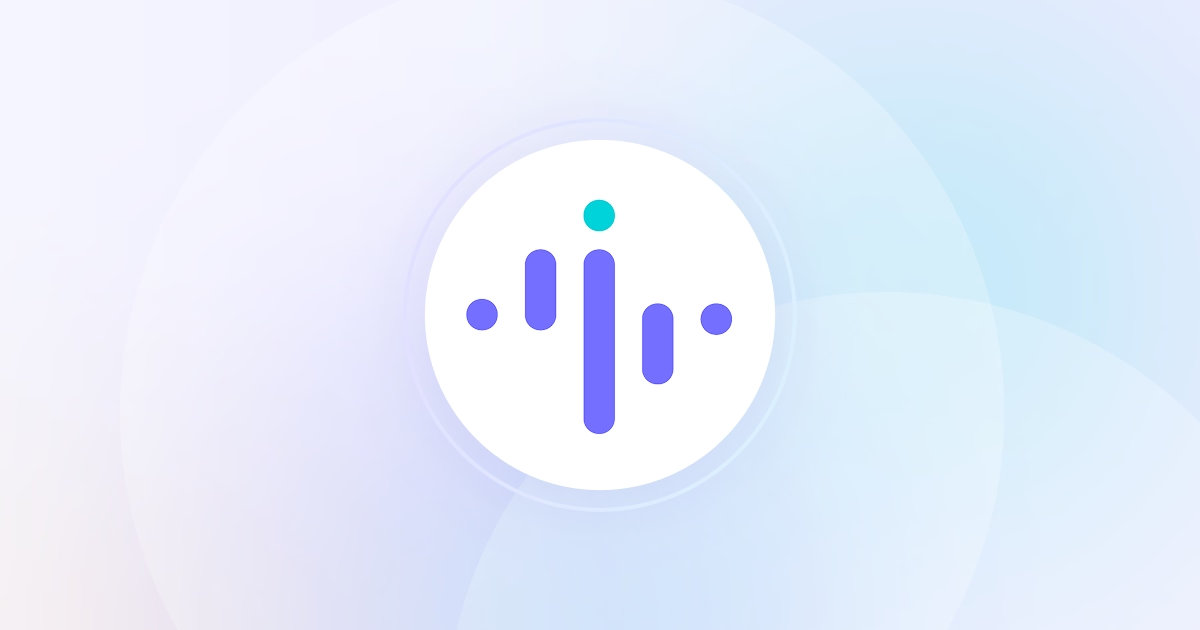Time Tracking vs Project Tools: Why You Need Both to Manage Real Performance

.jpg)

In this article, we’re going to discuss:
- Why project management tools and time tracking software solve fundamentally different problems.
- How lack of tool clarity leads to missed deadlines, inefficiencies, and unnecessary overhead.
- What a combined workflow of task planning and time intelligence looks like in practice.
- Where employer monitoring software fits in to deliver real-time visibility and eliminate blind spots across teams.
Project management software and time tracking tools often get lumped together, but they’re designed to solve different visibility gaps. One organizes what needs to happen, and the other shows what’s actually happening.
Yet according to Wellingtone, 45% of teams still rely on manual tools like spreadsheets to manage both planning and execution. But with a workforce intelligence platform, companies can separate task coordination from real-time performance, so teams stop guessing and start improving.
In this article, you’ll learn how to clarify the role of each tool, avoid common misuses, and build a workflow that connects plans to outcomes with less friction.
When Tool Confusion Creates Operational Blind Spots
The confusion between project management and time tracking tools is operational. Teams assume they’re covered because they “have a system,” but then deadlines slip, estimates miss the mark, and no one can explain why.
Project tools are built to organize workflows: tasks, dependencies, owners, deadlines. They’re not built to tell you how long tasks actually take or whether someone spent six hours solving a blocker that should’ve been flagged at the two-hour mark.
Time tracking tools measure effort and execution. They show you how work happens, not just what needs to be done, but when teams try to use them as planning systems, they fall short, missing critical dependencies, ownership visibility, and project-wide coordination.
This misalignment leads to chronic disconnects. Leadership sees clean progress boards. Teams quietly scramble through bottlenecks no one’s tracking. According to PMI’s Pulse of the Profession, poor project performance wastes 11.4% of every dollar invested. That waste grows when teams can’t distinguish between planning and performance.
Separate the Plan from the Proof
Most teams are missing clarity around what each tool is supposed to do. That’s why it’s common to see project platforms overextended, or time trackers misused for planning. One shows what should happen. The other shows what really did.
Instead of forcing one tool to do both, high-performing teams treat them as layered systems: one for coordination, one for visibility. When you use both solutions, and in the right roles, they fill the blind spots that cause delays, burnout, and missed expectations.
Project Tools Help You Coordinate. Time Tools Help You Respond.
At a glance, project management tools give the illusion of control: clear assignments, colored labels, moving cards. It feels like work is progressing, but most of those updates depend on someone manually marking tasks done. Or worse, retroactively filling in gaps to match a narrative.
That leaves managers with a polished dashboard that hides the truth: some tasks stalled, others were rushed, and the real blockers never showed up.
Time tracking brings the missing context. Platforms with automatic time mapping shows when someone actually starts a task, how long it takes, and what tools they’re using throughout.
Instead of asking your team, “How’s it going?” you already know what’s in motion, what’s delayed, and who might need help. That shift, from assumed progress to visible execution, lets managers respond early, not react late.
Status Doesn’t Equal Health.
Project platforms are great at showing status. You can see if a task is labeled “In Progress,” “Needs Review,” or “Done.” Those markers don’t show how the work got done, or whether the process made sense.
Was that task truly completed in two hours, or did someone stay late and skip lunch to finish it? Did it move forward because it was ready, or because someone needed to hit a deadline?
That’s where time tracking becomes essential. Insightful layers real execution data onto your task board. It shows how long each task phase actually took, how much context switching was involved, and whether time spent lined up with the original scope.
This lets teams reflect with precision: not “Did we finish?” but “Did we finish the way we expected to?” It’s the difference between tracking output and understanding process quality.
Balanced Workloads Require Data, Not Gut Instinct.
Task boards can show even distribution, on paper. Each team member has a tidy list of assignments, spaced across the week. What they don’t tell you is who’s picking up last-minute requests, covering for a stuck teammate, or losing hours to unlogged admin work.
Workforce intelligence platforms make that invisible workload visible. Time data reveals how tasks are actually executed, who’s multitasking across clients, who’s consistently active after hours, and who’s stuck waiting on others.
Managers no longer have to rely on one-on-ones or fire drills to spot imbalance. They can rebalance work before burnout hits, and use real patterns to lead more sustainably.
One Doesn’t Replace the Other, They Work Better Together.
Trying to manage execution with just a project board is like piloting with a checklist but no instruments. When you use time tracking alone, you’ll know how long things took, but not whether the right things were prioritized. The point is to stop expecting one to do the job of both.
Workforce intelligence platforms like Insightful connect with tools like Asana, Jira, or Basecamp. Tasks stay where your team already works, while Insightful runs in the background, mapping time, surfacing patterns, and spotting friction points.
That means no more chasing status updates. No more guessing what’s behind a delay. Just a clearer picture of how plans turn into work, and where they fall apart.
FAQs:
How is time tracking different from task tracking?
Task tracking shows what needs to happen. Time tracking shows how and when it actually gets done. Insightful, a tracking software, connects both by automatically mapping real-time work activity to your project workflows.
What’s the best way to connect task data with performance insights?
Start by keeping project management where it belongs, then layer on a time intelligence platform. Insightful, an app to track employee performance, maps time and behavior to tasks in real time, so you can see where plans break down without adding new workflows.
How can I tell if my team is overloaded or just poorly allocated?
Raw task volume won’t show imbalance, but behavioral time data can. Insightful’s time tracking software highlights execution patterns across your team, making it easier to spot hidden overload, context switching, and misaligned effort.
What Happens When You Combine Planning with Proof
When you stop forcing tools to do jobs they weren’t built for, workflows get simpler, and performance gets clearer. Layering time intelligence onto project planning turns reactive cleanup into proactive management.
- Cut rework by spotting time sinks early → Insightful shows where effort deviates from plan, so teams adjust in real time.
- Improve project profitability with real-time execution data → Insightful reveals actual hours per task, helping refine scopes and avoid over-servicing.
- Prevent burnout by rebalancing workload based on behavior, not guesswork → Managers use Insightful to detect overuse, redistribute effort, and support healthier execution habits.
- Align expectations between teams and clients using proof → With Insightful, time spent becomes visible across tasks, helping teams validate estimates and explain tradeoffs confidently.
Caduceus Health used this approach to slash call abandonment rates from 14% to under 3%. They replaced delayed reports and spreadsheet chaos with Insightful’s real-time visibility. Managers could see where time and effort were falling short, then intervene before it hit SLAs.
Wrap the Plan in Reality
Project planning tools are incomplete without execution data. When teams rely on task boards alone, delays go unnoticed until they escalate. When time tracking is used in isolation, you get raw hours without context. The fix is clarifying what each tool is for, and combining them where it counts.
Insightful fills that execution gap without adding workflow friction. It works quietly alongside your existing tools, mapping behavior to tasks in real time. That means fewer status meetings, more accurate scopes, and a clearer picture of how work actually happens. You’ll spend less time guessing, and more time improving.
Start a 7-day free trial or book a demo to see Insightful in action.
Updated on: July 23, 2025

.jpg)
.jpg)
